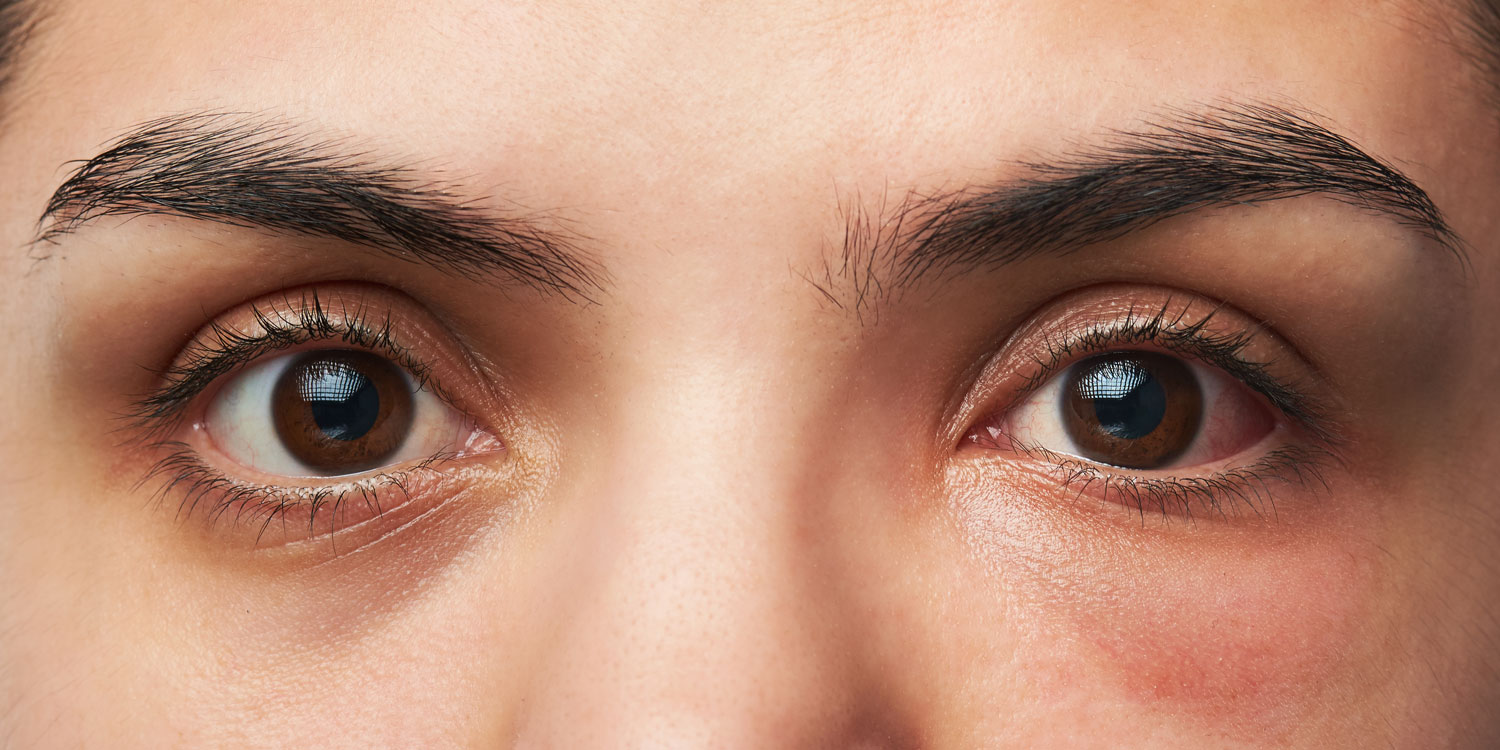
21 Oct Understanding what causes Red Eye
Red eye is a condition where the white part (sclera) becomes reddened or bloodshot. This can occur in one or both your eyes. The appearance of a red eye can vary widely and, in some cases, can be quite alarming. It can look like there are several pink or red lines or the entire white part maybe pink or red.
There can be some associated with several symptoms, including:
- Irritation
- Burning
- Itching
- Dryness
- Pain
- Discharge
- Watery eyes
- Sensitivity to light
- Blurry vision
Sometimes, bloodshot eyes may have no symptoms other than redness.
What causes red eye?
Red eyes is caused by the dilation of tiny blood vessels that are found between the sclera and the overlying clear conjunctiva of the eye. These tiny blood vessels (many of which normally are invisible) can become swollen because of environmental or lifestyle-related reasons or because of specific eye problems.
If your red eye is painless, it is most likely caused by a minor eye problem, such as conjunctivitis or a burst blood vessel. These conditions don’t tend to affect your vision and many often get better with minimal intervention. Allergy, eye-fatigue and over-wearing contact lenses are also common minor conditions. However, redness of the eye sometimes can signal a more serious eye condition or disease, such as uveitis or glaucoma and are often associated with pain and vision disturbances.
Environmental causes of red, bloodshot eyes include:
- Airborne allergens (causing eye allergies)
- Air pollution
- Smoke (fire-related, second-hand cigarette smoke, etc.)
- Dry air (arid climates, airplane cabins, office buildings, etc.)
- Dust
- Airborne fumes (gasoline, solvents, etc.)
- Chemical exposure (chlorine in swimming pools, etc.)
- Overexposure to sunlight.
Common eye conditions that causes red eyes include:
- Dry eyes
- Eye allergies
- Conjunctivitis
- Contact lens wear
- Digital eye strain
Serious eye conditions that can cause red eyes include:
- Eye infections
- Eye trauma or injury
- Recent eye surgery (LASIK, cosmetic eye surgery, etc.)
- Uveitis
- Acute glaucoma
- Corneal ulcer
How to get rid of red eyes?
For the best and safest way to get rid of red eyes, speak to a Health at Hand doctor to determine the cause of your bloodshot eyes and receive the most effective treatment options. Until you can speak to the doctor about your red eye problem, remove your contact lenses (if you wear them) and wear your glasses instead. You also may want to moisten your eyes frequently with preservative-free lubricating eye drops to help with any discomfort until you can be reviewed by the doctor.
Common causes of red eye
Painless causes of red eye:
Conjunctivitis
Conjunctivitis is inflammation of the thin layer of tissue covering the eyeball and inner surfaces of the eyelids. Blood vessels swell, making one or both eyes look bloodshot and feel gritty. Other symptoms can include itchiness, watering eyes and sticky eyelashes. It can be caused by an infection, an allergy (for example, to pollen), or an irritant, such as chlorine or dust. Treatment will depend on what is causing the condition. Sometimes no treatment is needed, because it may get better on its own.
Burst blood vessel
Burst blood vessels on the eye surface are sometimes caused by straining, coughing or injuring your eye, resulting in a bright red blotch. It can look alarming, especially if you’re taking medication such as aspirin or warfarin, but it’s not usually serious and should clear up on its own within a few weeks.
Painful causes of red eye:
Iritis
Iritis is inflammation of the iris, the coloured part of the eye. You may have a red eye, sensitivity to light, blurred vision and/or a headache. Iritis usually responds quickly to treatment with steroid medication to reduce the inflammation. It rarely leads to severe problems.
Acute glaucoma
Acute glaucoma is an increase in pressure inside your eye. Your eye may be very red and painful, and you may feel sick and see haloes around lights. Your vision may be blurred or cloudy. This is a serious condition and could lead to permanent loss of vision if not treated quickly.
Corneal ulcer
An ulcer on the cornea can cause the eye to become red and sensitive to light and it can feel like there’s something in your eye. Bacterial corneal ulcers are more common in people who wear contact lenses. Viral corneal ulcers are more common in people who frequently get cold sores. More severe ulcers could lead to permanent loss of vision if not treated quickly.
A scratch to the cornea or grit in the eye
A red and painful eye can sometimes be caused by a particle, such as a piece of grit, getting in your eye. If there’s something in your eye, your optician will try to remove it with the assistance of an anaesthetic drop.
These can be serious and could threaten your sight if not managed appropriately. Contact the Health at Hand doctor immediately for appropriate advice if:
- You have a painful red eye
- You have other symptoms, including reduced vision, sensitivity to light, a severe headache and feeling sick
- You recently injured your eye – particularly if something has pierced your eye



